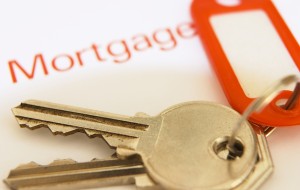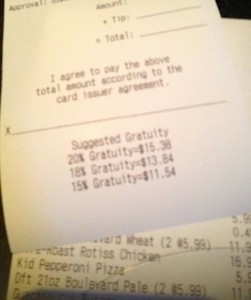
Many first-time buyers either have to make use of some funding from the bank of Mum and Dad if it is available, towards the deposit, or they turn to one of the homebuy schemes that have been set up to help people achieve their dream of owning their own home.
Home ownership schemes
There are currently four specific home ownership schemes that are being backed by the government for property purchase, with different schemes operating in Scotland, Wales and Northern Ireland.
Here is a look at the schemes available and how you might be eligible to apply in order to assist you in buying your home in England, if can’t afford to do so without extra financial help.
Help to Buy With Affordable Homeownership
The Help to Buy program, or scheme, is probably the most accessible option in terms of eligibility, as the equity loans offered are available to not just first-time buyers but home movers as well.
The scheme is designed to help people buy newly built homes with a purchase price of up to £600,000 as long as it is intended to be your only property and you don’t sub-let it after purchase.
The government-backed equity loan is designed to bridge the affordability gap by offering you as much as 20% of the purchase price in the form of an equity loan, which is secured against the property. You will be expected to be able to put in a minimum of 5% deposit and then qualify for a mortgage of up to 75% to complete the purchase.
This scheme is understandably heavily subscribed when funds are made available, as you won’t be hit with any loan fees on the 20% portion from the government, not until the 6th year of ownership. You will be expected to pay a 1.75% fee on the value of the loan as a fee in the sixth year and this will increase each year thereafter, in line with index-linked inflation plus 1%.
You will have to buy your home from an approved Help to Buy builder and the loan is repayable when you sell your home or after 25 years have elapsed, which is the normal mortgage term.


 If you’re the owner of a small business that employs
If you’re the owner of a small business that employs